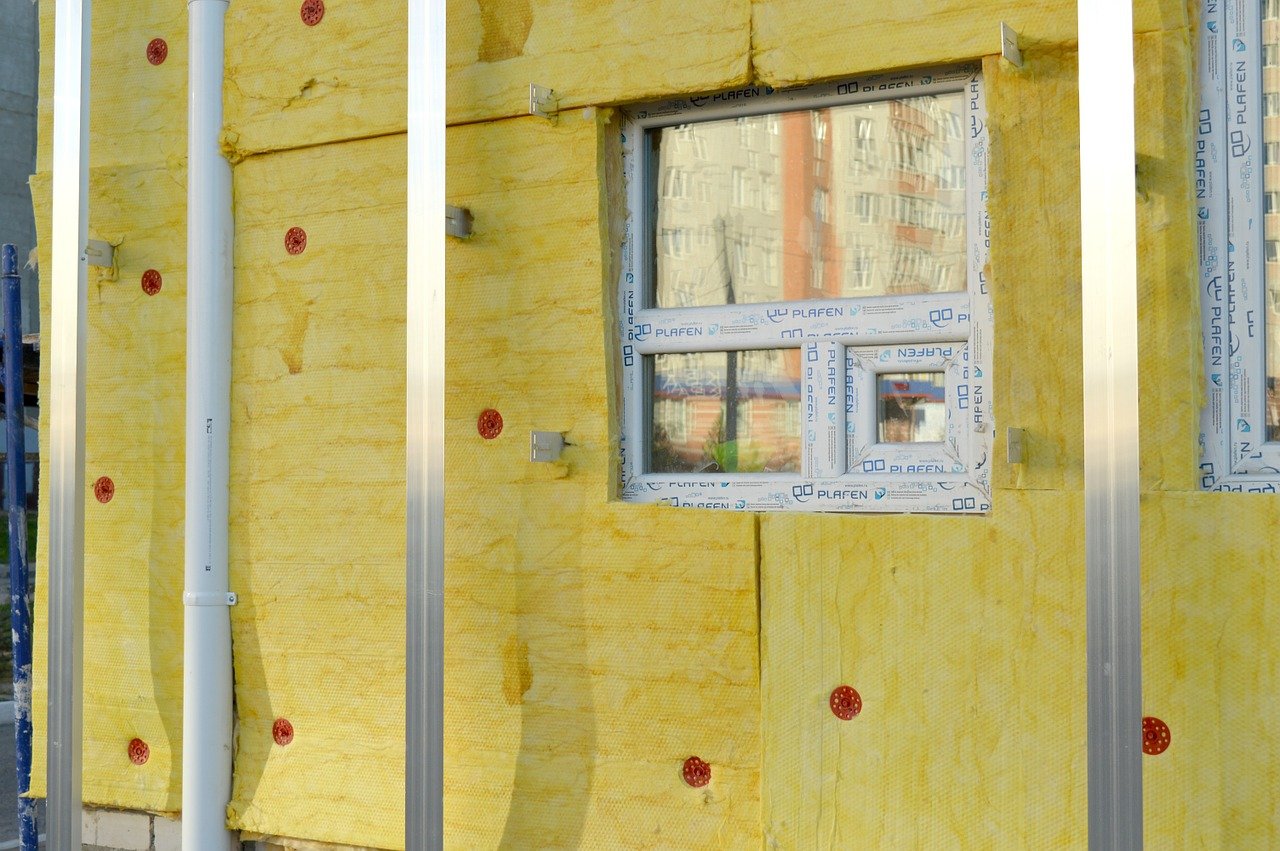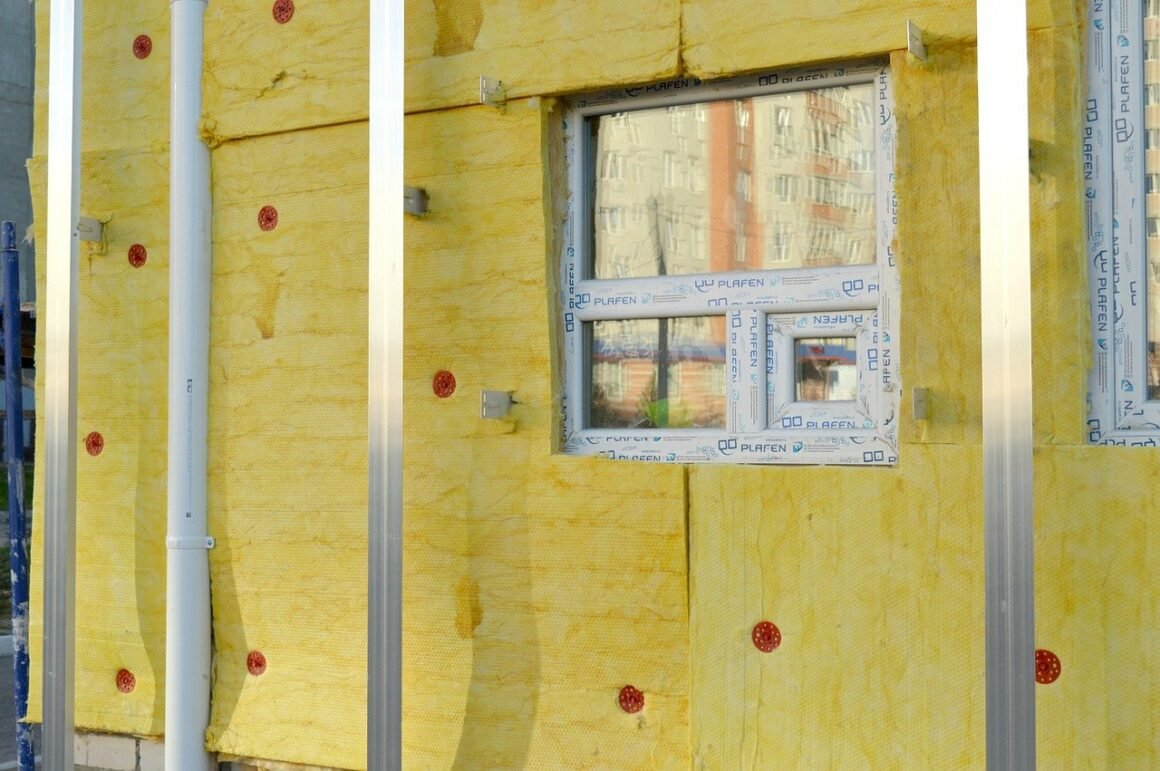Table of Contents Show
One of the main concerns for builders and homeowners is the comfort of the people who occupy a space, home, or building. Many homes have insulation gaps and air leaks that lead to energy efficiency and thermal comfort issues.
There are also other effects of unregulated heat transfer that can undermine the integrity of a house and lead to other problems for the inhabitants.

Fortunately, there are effective methods you can carry out in order to address this problem, and two of the most popular solutions are air sealing and insulation.
While these two methods share the common goal of preventing air from moving between two particular areas, they differ greatly in their application.
What Is Air Sealing?
Air sealing involves closing off gaps, cracks, and holes in a building where air can flow through.
Without proper air sealing, the heated air you rely on to make your living room comfortable during the winter will escape through the openings, in turn forcing your heater or HVAC system to work harder.
Similarly, a room with a running air conditioner will need more energy and time to cool if there are multiple openings between the floors and walls for warm air to infiltrate.
According to Energy Star, air leaks can increase your energy consumption by as much as 10 percent every year. They can also produce moisture problems and poorer-quality indoor air.
Air leaks and air infiltration are forms of convective heat transfer because it involves the movement of air between spaces or between the indoors and the outdoors.
Air sealing is important in order to keep conditioned air from escaping the building envelope. Heated air, in particular, can rise to the upper parts of the house and escape through the attic and the roof.
Unconditioned air can also infiltrate the house through such openings.
Read Also:
What Is Home Insulation?
Home insulation is meant to control heat transfer, which can occur in three different ways — conduction, convection, and radiation.
In conductive heat transfer, the heat travels between objects that come into contact with one another, such as when you feel the spatula heat up when it is left for too long over a hot pan. In the context of home improvement, conductive heat transfer is what home insulation mainly prevents.
The heat from inside a house can escape simply because the indoor air is in direct contact with the uninsulated walls, and the walls are in direct contact with the cold air outside. Conversely, on a hot day, heat can enter the house through the same mechanism.
Convective heat transfer is what happens through and as a result of differences in density. Cool air is denser and sinks down, for example, while warm air is less dense and rises up.
This is exactly what you’ll notice when you light a match and put your hand over the flame. The hot air is going upward as a result of convection. When you open a fridge, on the other hand, you’ll be able to see the cold water vapor descending.
In a house, you can easily imagine hot air rising up from the lower floors and into the attic or roof, naturally making them the hottest part of your home if there is no heating or cooling.
Convection also happens, as you have learned, when air leaks or infiltrates through small openings in a house, for example through holes or cracks on the floor. Some types of insulation products can help prevent convective heat transfer by effectively preventing the flow of air between spaces.
Finally, we have radiant heat transfer, which is heat transfer by wave motion in the form of electromagnetic waves. In the example above, heat goes up from a lighted match. But there is also heat that travels outward from the source.
In radiation, heat travels in the form of electromagnetic waves and does not require material to do so. In fact, it can even occur in space.
Most people experience this form of heat transfer through the radiant heat that comes from the sun. This is where insulation products with radiant barriers come in handy. The reflective barrier is meant to reflect this radiant heat, preventing areas in your home—like the roof or the attic—from getting too hot.
Simply put, home insulation involves the use of materials to reduce heat loss or gain, typically by creating a barrier between the inside of your home and the temperature outside. There are different types of housing insulation, such as batt and roll insulation, blown-in insulation, spray foam insulation, foam boards, and many more.
You will need to take a look at the recommended R-values for different parts of your home and for which zone you’re in. The US Department of Energy provides a comprehensive guide on R-values to aim for, which can prove useful in regulating the temperature in common problem areas such as the attic.
What Is R-Value?
Insulating materials differ in how well they are able to resist heat transfer. This is called their R-value where “R” stands for resistance. The measurement is mainly used for homeowners and builders that wish to control how heat escapes and penetrates a building.
It is best to follow the resistance values indicated for your climate zone to provide optimum temperature regulation and reduce energy consumption.
Insulation vs. Air Sealing a House
One of the important choices you’ll have to make for your home is how to control heat transfer to make it more energy-efficient. According to the US Department of Energy, 30 percent of all households spend more money on heating and cooling because of air leaks and lack of insulation.
As mentioned above, air sealing helps prevent air from escaping and entering your home during warm or cold weather, while the goal of insulation is to reduce temperature loss or gain through the three types of heat flow.
Your home stands to gain the most when both methods are applied.
If you don’t make your home airtight, the insulation won’t work as effectively. Conversely, a building that isn’t insulated suffers from more dramatic temperature changes through the seasons.
Which Should I Focus On?
If you have to choose between insulating or air sealing your home, many recommend picking airtightness first.
You can choose to add insulating materials at a later time to improve your home’s energy efficiency, but sealing off places where air can easily flow in and out of the house may be best done first so that insulation can just be applied over the sealed areas.










